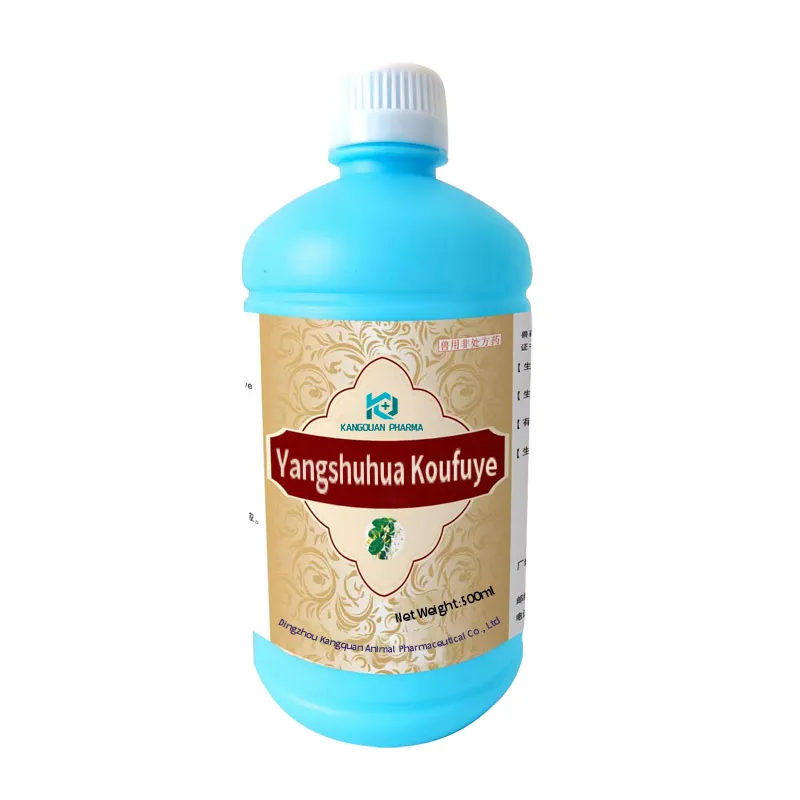- Afrikaans
- Albanian
- Amharic
- Arabic
- Armenian
- Azerbaijani
- Basque
- Belarusian
- Bengali
- Bosnian
- Bulgarian
- Catalan
- Cebuano
- Corsican
- Croatian
- Czech
- Danish
- Dutch
- English
- Esperanto
- Estonian
- Finnish
- French
- Frisian
- Galician
- Georgian
- German
- Greek
- Gujarati
- Haitian Creole
- hausa
- hawaiian
- Hebrew
- Hindi
- Miao
- Hungarian
- Icelandic
- igbo
- Indonesian
- irish
- Italian
- Japanese
- Javanese
- Kannada
- kazakh
- Khmer
- Rwandese
- Korean
- Kurdish
- Kyrgyz
- Lao
- Latin
- Latvian
- Lithuanian
- Luxembourgish
- Macedonian
- Malgashi
- Malay
- Malayalam
- Maltese
- Maori
- Marathi
- Mongolian
- Myanmar
- Nepali
- Norwegian
- Norwegian
- Occitan
- Pashto
- Persian
- Polish
- Portuguese
- Punjabi
- Romanian
- Russian
- Samoan
- Scottish Gaelic
- Serbian
- Sesotho
- Shona
- Sindhi
- Sinhala
- Slovak
- Slovenian
- Somali
- Spanish
- Sundanese
- Swahili
- Swedish
- Tagalog
- Tajik
- Tamil
- Tatar
- Telugu
- Thai
- Turkish
- Turkmen
- Ukrainian
- Urdu
- Uighur
- Uzbek
- Vietnamese
- Welsh
- Bantu
- Yiddish
- Yoruba
- Zulu
8 月 . 20, 2024 18:01 Back to list
Impact of Tilmicosin Phosphate on Poultry Health and Growth Performance in Livestock
The Use of Tilmicosin Phosphate in Poultry An Overview
Tilmicosin phosphate is a macrolide antibiotic predominantly utilized in veterinary medicine, particularly in poultry farming. This antibiotic is effective against a wide range of respiratory pathogens in birds, including Mycoplasma and Pasteurella species, which are known to cause significant economic losses in the poultry industry. The advent of tilmicosin has brought about substantial changes in how poultry diseases, particularly respiratory infections, are managed.
The Use of Tilmicosin Phosphate in Poultry An Overview
Implementation of tilmicosin phosphate in poultry farming is particularly crucial in intensive production systems, where birds are often housed in close quarters. The high density of birds can facilitate the rapid spread of respiratory pathogens, leading to outbreaks that can decimate flocks. By using tilmicosin, farmers can preemptively treat birds or control existing infections, thereby reducing mortality rates and improving overall flock health.
tilmicosin phosphate in poultry

In addition to direct health benefits, the use of tilmicosin phosphate can also lead to economic advantages for poultry producers. Healthy birds exhibit improved growth rates and feed conversion efficiencies, contributing to better production metrics and profitability. Furthermore, reducing the incidence of disease can decrease the need for other, more expensive treatments, further bolstering economic returns.
However, the use of any antibiotic, including tilmicosin, raises concerns about the development of antibiotic resistance. The overuse or misuse of antibiotics in animal agriculture can lead to the emergence of resistant strains of bacteria, which can pose serious health risks to both animals and humans. To mitigate these risks, it is essential for poultry producers to adhere strictly to veterinary guidelines regarding the use of tilmicosin phosphate. This includes following the recommended dosages, treatment duration, and withdrawal times to ensure that antibiotic residues do not occur in meat and eggs intended for human consumption.
Regulatory bodies across the globe have established stringent regulations governing the use of antibiotics in food-producing animals. As a result, poultry farmers are encouraged to adopt integrated disease management practices that minimize the dependency on antibiotics. These practices may include improved biosecurity measures, vaccination programs, and maintaining optimal environmental conditions that foster bird health.
In conclusion, tilmicosin phosphate plays a significant role in the health management of poultry. Its efficacy against respiratory pathogens, coupled with the ease of administration, makes it a valuable tool in modern poultry farming. However, responsible usage is critical to safeguard against antibiotic resistance and ensure the sustainability of poultry production. As the agricultural sector continues to evolve, integrating safe and effective health management practices will remain paramount in achieving optimal poultry health and productivity. By balancing antibiotic use with preventive measures, poultry producers can secure the future of their operations while contributing to public health and food safety.
-
The Power of Radix Isatidis Extract for Your Health and Wellness
NewsOct.29,2024
-
Neomycin Sulfate Soluble Powder: A Versatile Solution for Pet Health
NewsOct.29,2024
-
Lincomycin Hydrochloride Soluble Powder – The Essential Solution
NewsOct.29,2024
-
Garamycin Gentamicin Sulfate for Effective Infection Control
NewsOct.29,2024
-
Doxycycline Hyclate Soluble Powder: Your Antibiotic Needs
NewsOct.29,2024
-
Tilmicosin Premix: The Ultimate Solution for Poultry Health
NewsOct.29,2024













